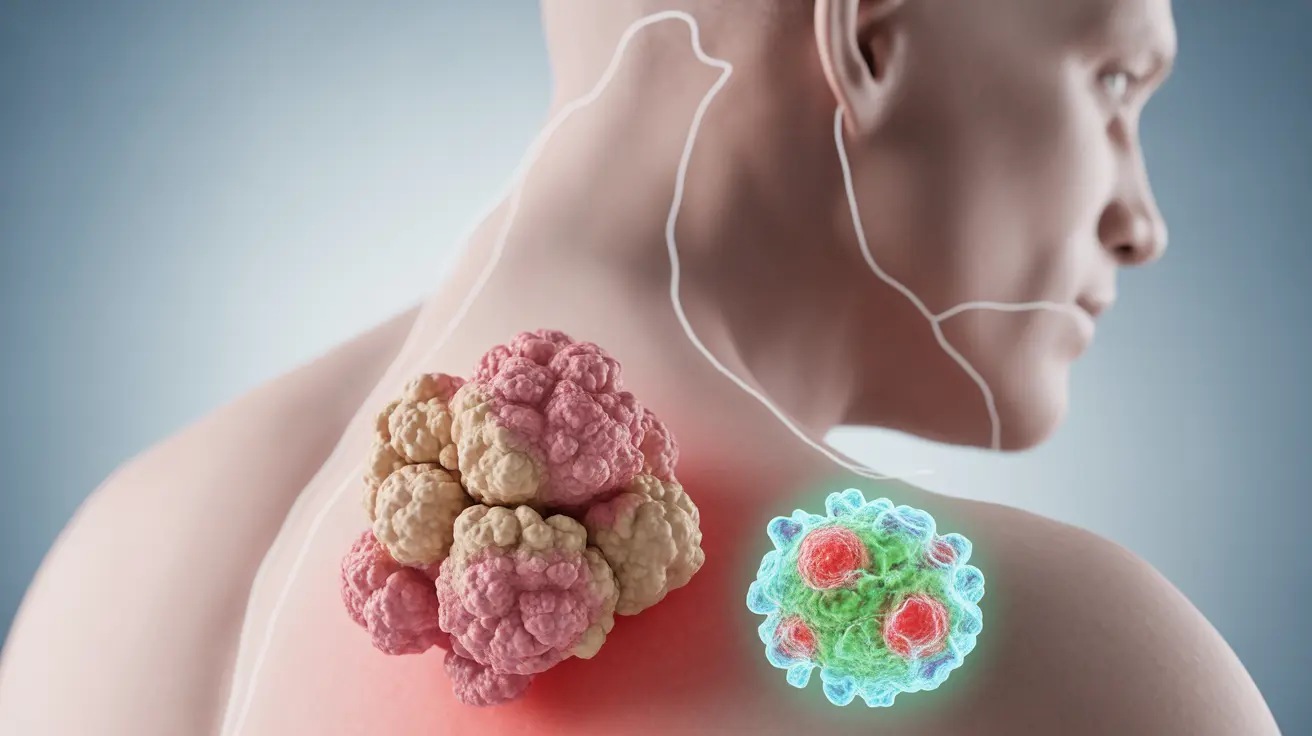Living with HPV-related warts can be challenging, particularly when dealing with recurrence after treatment. Understanding how often HPV warts recur and what factors influence their return is crucial for managing this common viral infection effectively. This comprehensive guide explores recurrence rates, treatment options, and prevention strategies to help you better navigate this health concern.
Understanding HPV Wart Recurrence Patterns
HPV warts, whether genital or non-genital, have varying recurrence rates depending on multiple factors, including the specific HPV strain, individual immune system strength, and chosen treatment method. Research indicates that approximately 30% of treated warts may recur within the first few months after treatment, with some studies showing recurrence rates as high as 50% within two years.
Factors Affecting Recurrence Rates
Several key factors influence how likely HPV warts are to return after treatment:
- Individual immune system strength
- Specific HPV strain
- Chosen treatment method
- Exposure to risk factors
- Duration of initial infection
- Compliance with treatment protocols
Treatment Options and Their Impact on Recurrence
Different treatment approaches can affect the likelihood of wart recurrence. Understanding these options helps in making informed decisions about treatment strategies.
Medical Treatments
Professional medical treatments often show better long-term success rates in preventing recurrence:
- Cryotherapy (freezing)
- Laser therapy
- Surgical excision
- Topical medications prescribed by healthcare providers
Over-the-Counter Options
While accessible, over-the-counter treatments may have higher recurrence rates:
- Salicylic acid preparations
- Natural remedies
- Immune-boosting supplements
Prevention Strategies
Preventing HPV wart recurrence involves a multi-faceted approach that combines medical intervention with lifestyle modifications.
Vaccination
The HPV vaccine has shown significant success in preventing both initial infections and recurrences. It's recommended for both males and females, ideally before sexual activity begins, but can still be beneficial for those who already have HPV.
Lifestyle Modifications
Adopting certain lifestyle changes can help reduce recurrence risk:
- Maintaining a strong immune system
- Practicing safe sex
- Regular health screenings
- Stress management
- Proper nutrition and exercise
- Avoiding smoking
Frequently Asked Questions
What are the typical recurrence rates for HPV-related warts after treatment?
HPV-related warts typically have a recurrence rate of 30-50% within the first two years after treatment. The exact rate varies depending on the treatment method used and individual factors such as immune system strength.
How often do genital warts recur after initial treatment, and what factors influence this recurrence?
Genital warts may recur within 3-6 months after treatment in about one-third of cases. Factors influencing recurrence include immune system status, exposure to new HPV strains, treatment compliance, and lifestyle habits like smoking.
What are effective treatment options for HPV-related warts, and how do they impact recurrence rates?
The most effective treatments include professional medical interventions like cryotherapy, laser treatment, and prescribed topical medications. These methods generally show lower recurrence rates compared to over-the-counter treatments, especially when combined with proper follow-up care.
How does the HPV vaccine affect the recurrence of genital warts, and who should get vaccinated?
The HPV vaccine significantly reduces the risk of wart recurrence by protecting against multiple HPV strains. It's recommended for everyone between ages 9-45, even those who have previously had HPV infections, as it can protect against other strains.
What lifestyle changes can help reduce the likelihood of HPV wart recurrence?
Key lifestyle changes include strengthening the immune system through proper nutrition, regular exercise, stress management, avoiding smoking, practicing safe sex, and maintaining good overall health through regular medical check-ups and screenings.




